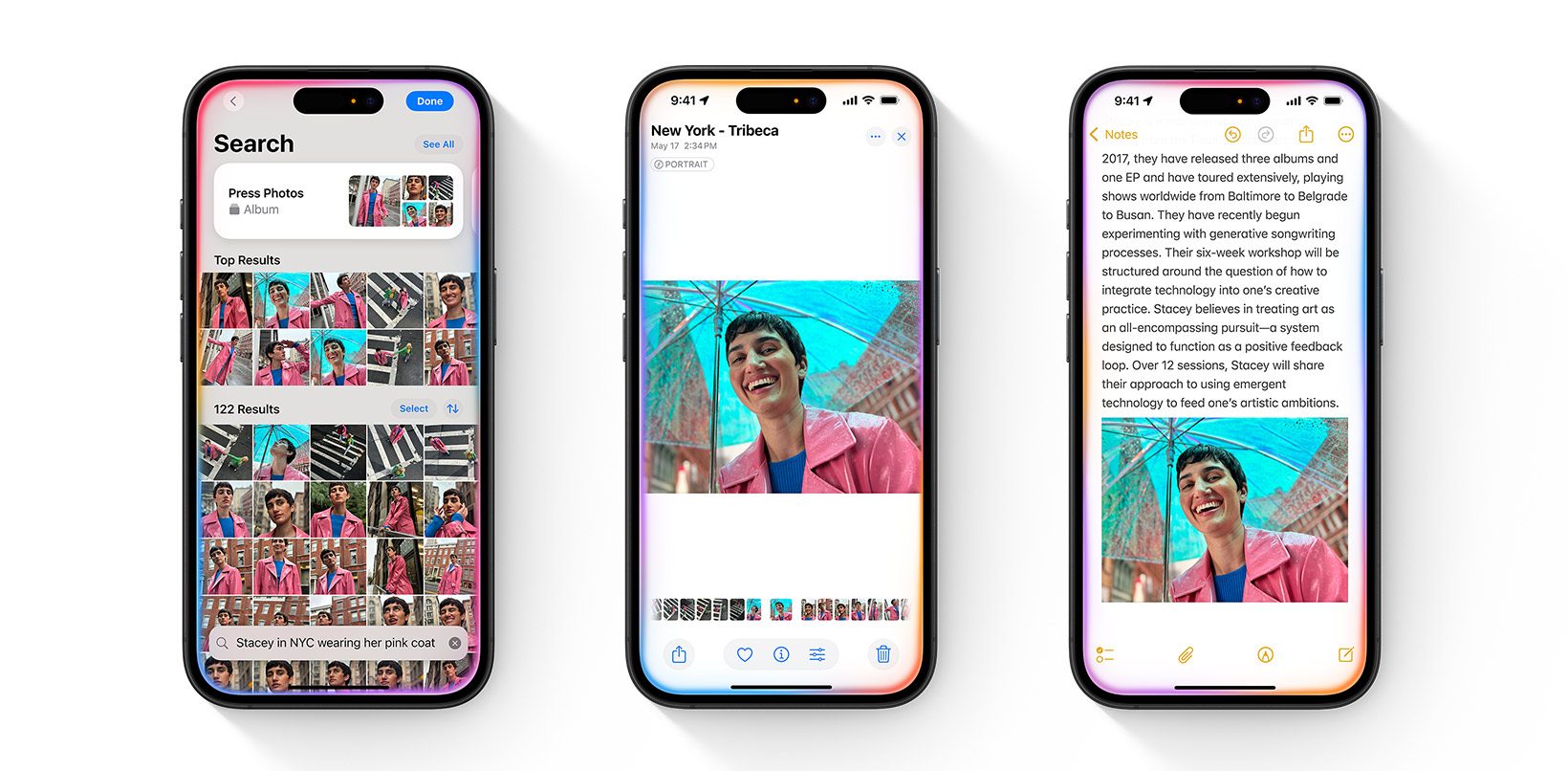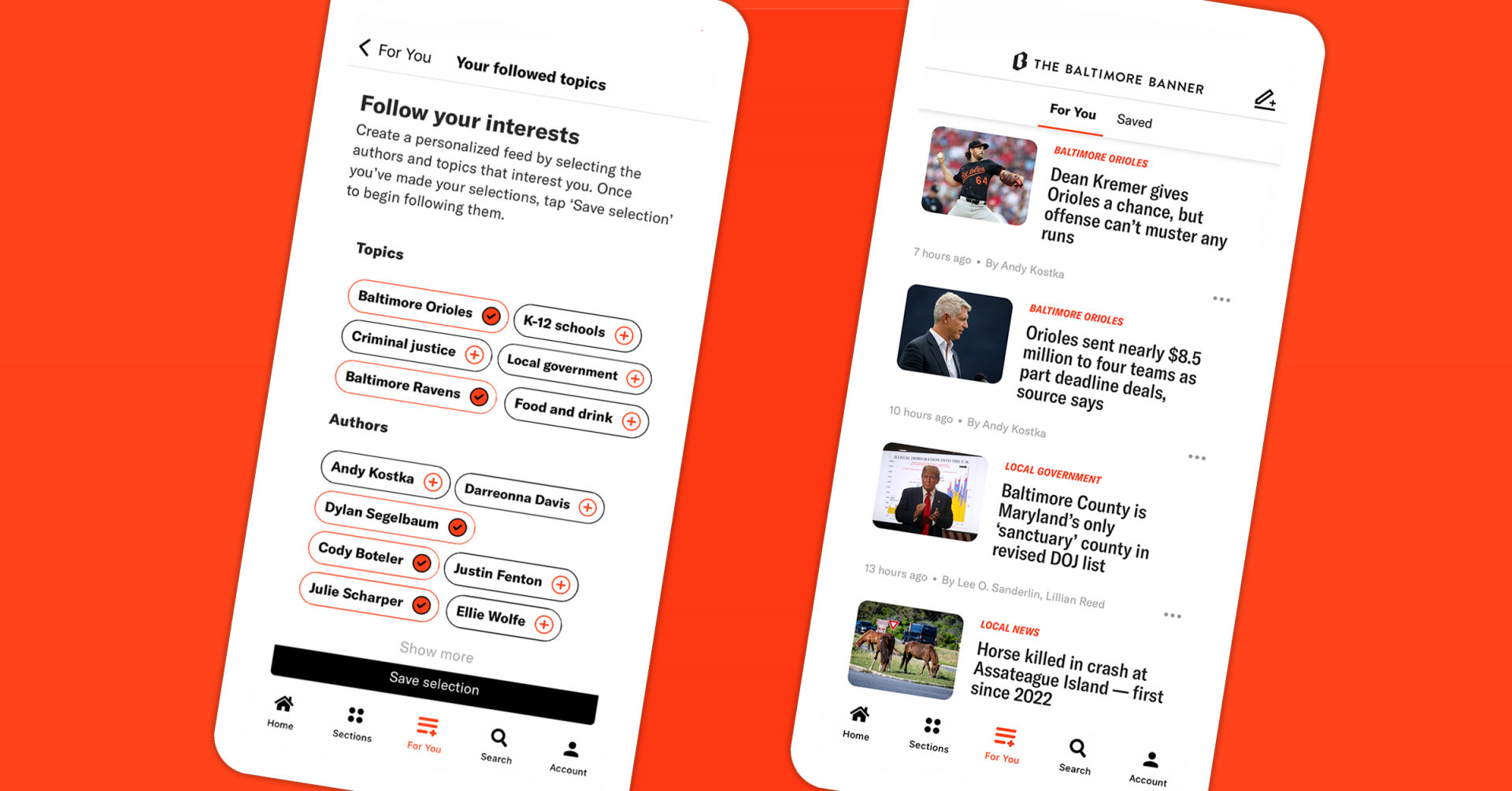
Newsletter
Newsletter
Apple’s App Intents got new powers with the introduction of Apple Intelligence, and Pugpig’s head of product outlines how publishers’ apps could use them.
20th December 2024

To keep pace with the changes in mobile publishing, media businesses must monitor shifts in their audiences’ behaviour and new developments in mobile technology. One of the major developments from the two major mobile platform providers was the release of Apple Intelligence and how it works with App Intents. For publishers’ apps, App Intents means:
Apple Intelligence was released as part of iOS 18 and, as always, adoption will take a while to ramp up. However, now is the time for publishers to plan how to integrate these new capabilities into their apps.
In this edition of the Media Bulletin, we’ll talk about what iOS App Intents are, how they’ve changed in iOS 18, and how you might be able to harness their power to transform your user experience and drive deeper engagement with your app.
If you want to discuss cutting-edge app developments with other mobile publishing professionals, join our community, Mobile Matters. Membership gives you exclusive access to a Slack community, virtual and live events and access to mobile industry experts, including ours at Pugpig.
By Harry Phillips, Pugpig Head of Product
For publishers, the key impact of these changes is how deeply it will allow audiences to engage with your content directly with their iPhones.
App Intents offers a potentially potent addition to publishers’ toolset for how users will interact with and experience your content. They bring the power to enhance your app’s functionality and deepen its integration with the underlying OS, Siri, and even other apps.
Apple Intelligence, the hallmark feature of iOS 18, also delivered a handful of fundamental changes to App Intents, making this the perfect time to bring them into the conversation about your app. Pugpig was recently invited to Apple’s London headquarters for an in-depth look at what App Intents can achieve and how we can best implement them.
Intents were initially introduced in iOS 16 but were significantly expanded in iOS 18 as part of the big Apple Intelligence push, which seems very likely to be a focus for iOS and Apple going forward. Intents connect Apple Intelligence to iOS, your app and other apps, without them, iOS doesn’t truly understand what you’re doing in an app, or what you can do.
At its essence, an Intent serves as a mechanism that enables your app to execute specific tasks based on actions in other apps or at the device level, often requiring minimal user input. Users can trigger tasks using Siri, Spotlight, Shortcuts, widgets, or other apps that collaborate with your app’s features.
For instance, an Intent could activate simple actions like opening a specific screen within your app or carrying out more complex tasks such as downloading the latest edition, playing a specific piece of audio or summarising the latest content. In the past, users could do similar things through the Shortcuts app, but until now, this required a fair amount of time, effort and know-how to set up. Apple Intelligence, Siri with new superpowers and App Intents will make all of these actions easier and accessible for a wider range of users.
Here are the key abilities of an App Intent:
iOS 18 introduced several substantial updates to the Intents framework, building upon the foundation laid by iOS 16 and iOS 17 and leveraging the newly introduced Apple Intelligence feature set. These enhancements facilitate the creation of much more powerful and adaptable actions.
iOS 18 introduces dynamic voice interactions for Intents, enabling your app to provide more conversational feedback to users via Siri. Previously, Siri responses were static, but now Siri can adapt dynamically based on context, user input, and the app’s state.
For instance, if a user asks to “show me the news,” Siri might ask, “Which edition would you like to read?” and then dynamically display available options based on user preferences or past activity. This offers a more personalised experience and should require less user action to achieve what they want. With the ability to have your content also made available to Apple Intelligence, this also creates opportunities to surface information directly via deeplinking.
“You can think of Apple Intelligence as a system that can perform Retrieval Augmented Generation (RAG) across all the data the user has on their device, route it to the appropriate model and then take actions in the right application on the user’s behalf,” AI investor Tanay Jaipuria said. Intents are augmented by a rich personal dataset on the device called the Semantic Index. It is only stored on the device and never in the cloud to protect users’ privacy. Apple says that even it has no access to this data.
In iOS 18, Siri can now suggest intents based on factors like the time of day, current activity, the user’s location or even the route of their commute. In iOS 16 or 17, it might suggest something like turning Do Not Disturb on when it sees you have an upcoming meeting. Now iOS 18 could do something more like waking your app in the background to fetch content before you usually get on a train, and then providing a single-tap suggestion to take you to that content from the lock screen or Spotlight.
Proactive suggestions or actions are made possible by deeper integration with iOS 18’s Contextual Intelligence. It means your app can become smarter, offering timely and relevant actions without requiring user input.
You can now define Intents that handle multi-step processes. This means you can trigger a sequence of actions as part of a single Siri or Shortcuts Intent.
Developers also now have more control over which actions are highlighted in the Siri Suggestions interface. If your app provides multiple actions, you can prioritise which ones should be suggested. This makes it easier for users to discover useful features they may not even know about.
Widgets in iOS 18 are becoming more dynamic, and App Intents plays a crucial role in this. Developers can now create interactive widgets that trigger actions directly through Intents. For instance, users can tap a widget to initiate a specific action (like playing a podcast or opening the latest edition) instead of merely viewing data.
There’s clearly a lot to chew on here! Firstly, Apple Intelligence means App Intents are much more of a thing now. Not only can they do more, but they’re much more natural to surface and interact with. Apple Intelligence is going to get a lot more love from Apple over the coming years which will only further enhance the power of Intents.
For publishers, Apple Intents could give your app much deeper hooks into iOS and its key services such as Spotlight search and Siri. In practice, you could:
At Pugpig, we’ve got some work to do to highlight the key activities our Bolt app platform does or can do and expose these as App Intents. While we’re doing that we‘d love to hear from you and your users. What would you like to be able to ask your phone (or iPad) to do? What content and features do you wish were more proactively surfaced? Or do you think App Intents is actually a terrible idea? Let us know and we’ll work together in getting the most out of these new tools.
Correction from last week’s Media Bulletin, we have updated David Buttle’s talk at the Pugpig Customer Summit AI’s impact on search and how publishers should approach licensing their content for AI with the correct link.
Here are some of the most important headlines about the business of news and publishing as well as strategies and tactics in product management, analytics and audience engagement.

Newsletter

Newsletter

Newsletter

Newsletter

Newsletter